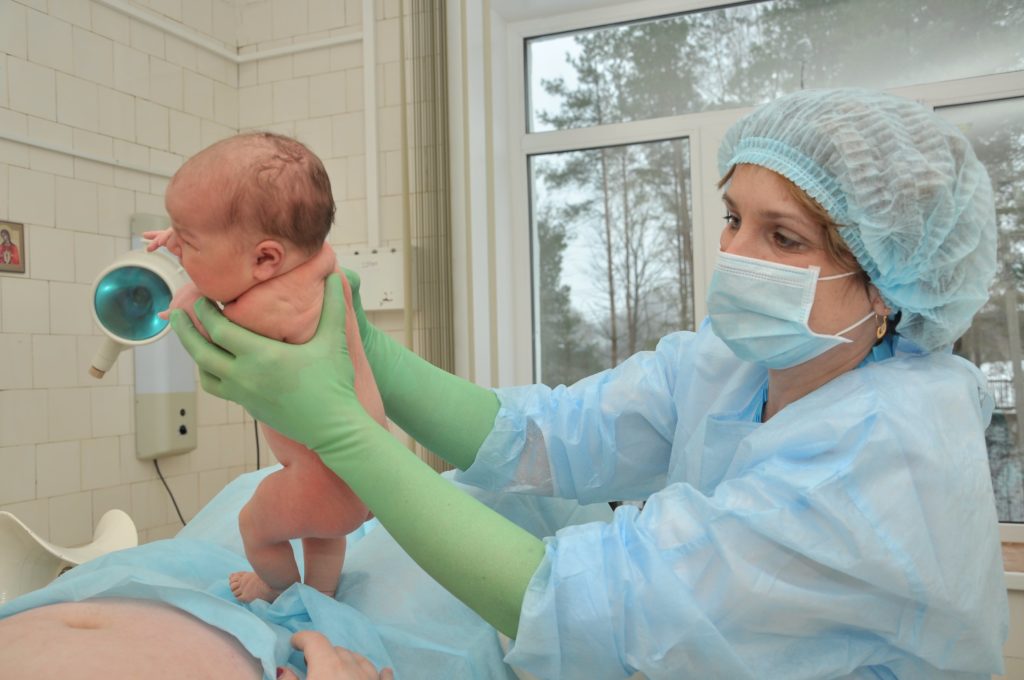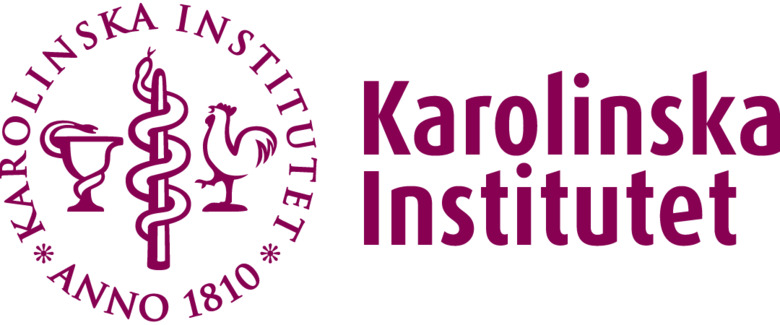Programme: Continuous lactate measurement and prevention of fetal hypoxia during labour and delivery
Current fetal monitoring methods have weaknesses and the researchers in this new programme aim to improve them to reduce the risk of organ failure in the baby during delivery.

The aim of the programme is to achieve continuous lactate measurement during labour, which would represent a completely new technology in healthcare with the potential to fundamentally change fetal monitoring.
The current fetal monitoring method using cardiotocography (CTG) has several weaknesses. For example, the reproducibility of CTG interpretation is low and the interpretation is a visual subjective judgement by the delivery staff. Most foetuses show an affected heart rate at some point during the delivery process, most of which are nevertheless well oxygenated, i.e. the specificity of the CTG method is low. The former weaknesses also affect sensitivity. Today, lactate sampling during labour is used as a complement to CTG when it is non-normal. A capillary blood sample is taken from the fetal skin and analysed for the level of lactic acid (lactate concentration). Getting a continuous lactate measurement during labour would be a completely new technique with the potential to fundamentally change fetal monitoring, both in Sweden and in the rest of the world.
Oxygen deprivation at birth results in the death or disability of over 1 million infants globally each year. Oxygen deprivation can lead to permanent neurological damage or cerebral palsy (CP). In Sweden, about one child in 100 is affected by poor blood circulation combined with oxygen deprivation at birth.
The programme is developing an embedded system that non-invasively and continuously measures lactic acid concentration where a sensor is attached to the previous fetal part during delivery. The researchers are initially developing a prototype and then planning animal studies on sheep foetuses. After this, human observational studies can begin, examining normal values of lactate concentration during labour. The system is then ready to be evaluated through randomised studies where the system is tested against the current routine method, CTG.
The programme Continuous lactate measurement and prevention of fetal hypoxia during delivery is led by Malin Holzmann, Karolinska Institutet (KI), and Saul Rodriguez Duenas, Royal Institute of Technology (KTH). Malin Holzmann is a senior physician at the Unit for Pregnancy and Childbirth at Karolinska University Hospital in Solna and an associate professor at KI. Saul Rodriguez Duenas is a senior lecturer at the Division of Electronics and Embedded Systems at KTH. The programme was approved by the MedTechLab board in October 2023 and will run for five years, starting in January 2024.

